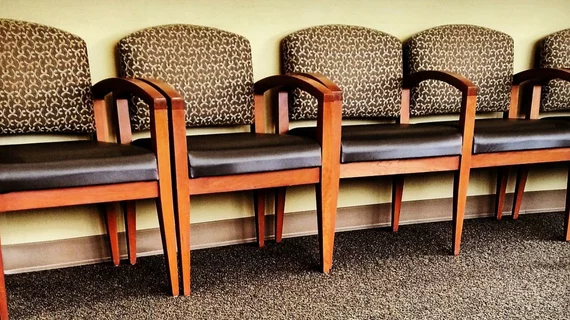Hospital cuts costs and outpatient MRI wait times using sophisticated mathematical models
A Massachusetts hospital has reduced MRI wait times in what researchers believe is the first study to explore optimal outpatient imaging scheduling using flexibilities seen on the inpatient side.
On an average weekday, Lahey Hospital visitors would wait about 54 minutes from arrival to the start of their exam. But working with Dartmouth engineers, the Burlington-based institution pinpointed bottlenecks, which included a complex scheduling scheme catering to departments with differing needs.
Lahey previously allowed flexibility in delaying inpatient exams where necessary, while outpatient slots stayed static. To help reduce down time, Dartmouth developed a mathematical model to optimize the length and placement of each inpatient exam on the schedule. They also created an algorithm, designed to help determine how to minimize costs associated with outpatient exam delays, along with under-use of equipment, employee overtime, and canceled inpatient exams. Lahey deduced that distributing inpatient and outpatient slots evenly throughout the day provided the best performance.
Wait times subsequently dropped and optimized scheduling reduced overall costs by 23%, according to recently published research.
"Mathematical models and algorithms are crucial to improve the efficiency of healthcare systems, especially in the current crisis we are going through,” first author Yifei Sun, a Dartmouth Engineering PhD candidate, said in a March 16 news item from the New Hampshire school. “By analyzing the patient data, we found that delays were prominent because the schedule was not optimal.”
Christoph Wald, chair of the department of radiology, said Lahey saw “measurable improvements” in wait times. Creating a simulation model proved instrumental in helping educate his team about the benefits of dissecting their workflow. Wald and colleagues are now working to spread this same approach to interventional radiology, hoping to add capacity under current staffing constraints. Those involved believe the process would work in other mid-sized hospitals grappling with the same issues.
You can read more about the investigation—which was sponsored and co-authored by Philips—in Health Care Management Science here.

